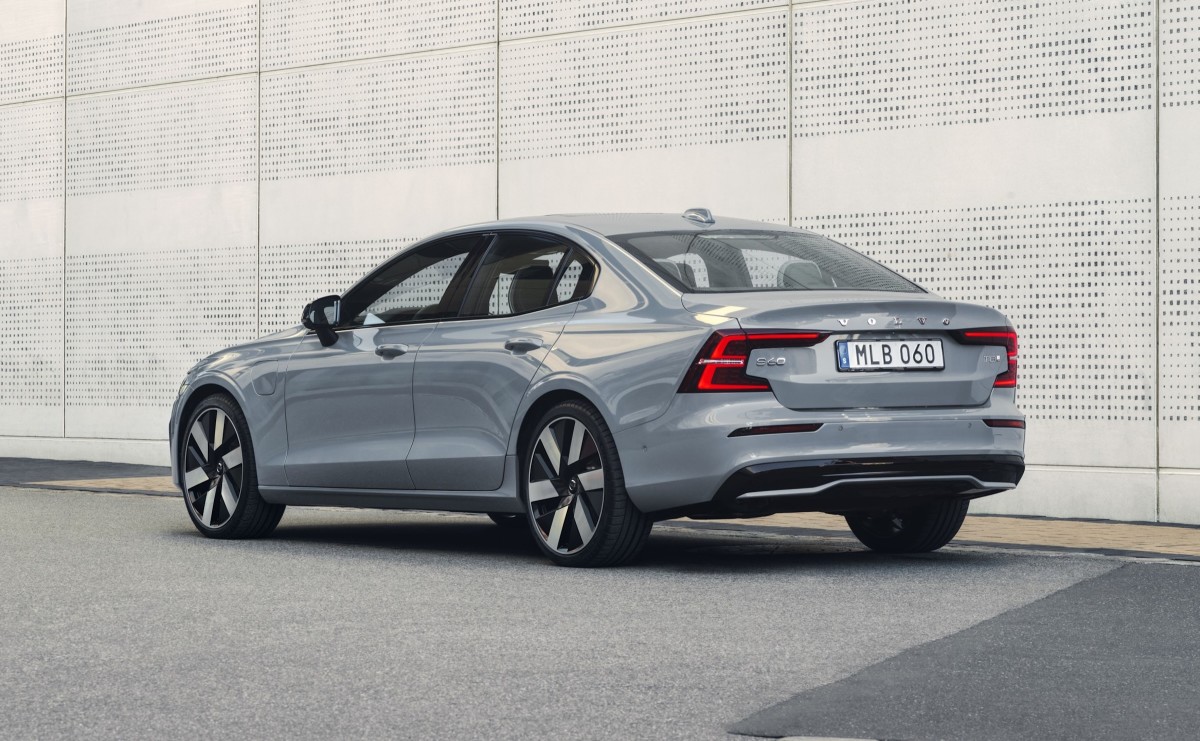Volvo warns that this vital safety device may not work as intended
According to new documents released by the National Highway Traffic Safety Administration (NHTSA), Swedish luxury brand Volvo is recalling more than 413,000 vehicles due to a software defect that renders several models across its lineup noncompliant with a federal safety standard.
The massive recall specifically affects 413,151 vehicles across Volvo’s range, including 2023–2025 model year S60 sedans made between June 24, 2022, and June 21, 2024, and 2023–2025 V60 wagons produced from May 12, 2022, to June 28, 2024. Also included are 2023–2025 model year V60 Cross Countrys made from May 16, 2022 to April 18, 2025, 2022–2025 S90s produced between June 8, 2021 and January 25, 2025, 2022–2025 V90 Cross Country vehicles assembled from June 1, 2021 to April 10, 2025, as well as a handful of 2022 model year V90s that rolled out of the factory on October 14, 2021.
Volvo
View the 6 images of this gallery on the
original article
Some of Volvo’s well-known SUVs and crossovers are also affected in this recall, including 2021–2025 XC40s produced between September 8, 2020, and April 18, 2025, 2022–2025 model year XC60s that rolled out between May 20, 2021, and April 11, 2025, 2023–2025 XC90s made from May 20, 2022, to April 11, 2025, as well as 2022–2025 model year iterations of the fully electric C40 that were made between October 19, 2021, and April 15, 2025.
The root of the issue stems from a software fault in cars equipped with Google-built-in infotainment systems, which prevents the image from appearing on the infotainment screen when the affected vehicles are put in reverse. As a result, the affected vehicles with the defect do not comply with Federal Motor Vehicle Safety Standard (FMVSS) No. 571.111, Section 6.2.6, which is the 2018 legislation that requires all vehicles sold in the US after the 2018 model year to be equipped with operable backup cameras.
Volvo says that the problem can arise when a “fault code” is triggered under certain conditions, which would result in the backup camera being unable to function while one is driving. They also note that other safety functions on affected cars such as the park assist warnings, rear automatic braking and cross traffic alert will still be functional if the vehicle is equipped with them, however, the center displays will show an image with text that says “Camera is temporarily not available” when the issue occurs.
Volvo
View the 4 images of this gallery on the
original article
According to an NHTSA document, Volvo knew about the issue as far back as April 2021, when it received the first reports that indicated this issue. Since then, the Swedes have received 57 reports of similar failures. An investigation into the problem was launched on March 26, 2025, ultimately leading to the recall as of April 30. Fortunately, Volvo has not received any reports of injuries, fatalities, or crashes related to this defect.
Affected vehicles will receive a software update during a dealership visit or through an over-the-air update on select Volvos. Volvo dealers have already been notified of the issue, and owners should expect a letter in the mail beginning on June 24.
Final thoughts
Volvo’s recall underscores how much technology and software are built into the latest and greatest cars from today’s manufacturers, and how much a “little glitch” or a tiny change or update can wildly affect today’s cars. Over in China, Xiaomi made loyal owners livid when they took away their horsepower through an over-the-air software update, much like how a new version of iOS would trigger reactions on social media from people complaining about how it made their iPhones slow.
Specifically speaking about backup cameras, Stellantis recalled 49,000 Alfa Tonales and Dodge Hornets over faulty backup camera issues just last month. Although it may seem like this is a recurring technology issue that gets worse when it happens again and again, it should be noted that backup cameras are federally mandated out of a need to reduce fatalities resulting from cars backing up.